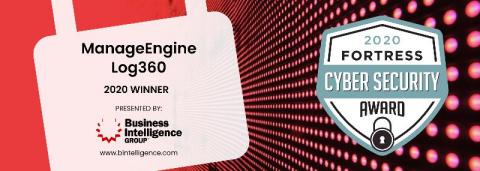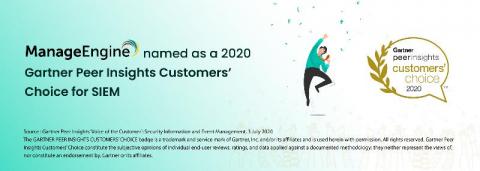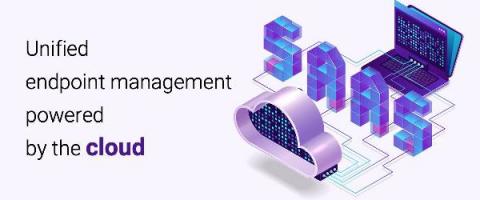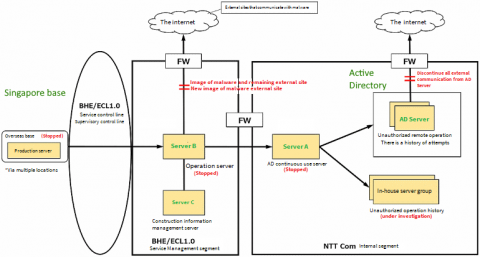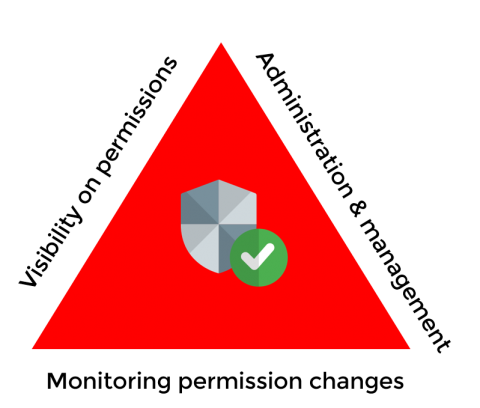Business Intelligence Group's 2020 Fortress Cyber Security Award for Threat Detection goes to...
We are excited to share that ManageEngine’s Log360 has been awarded the 2020 Fortress Cyber Security Award for Threat Detection. The Business Intelligence Group’s unique scoring system measures performance across multiple business domains.


